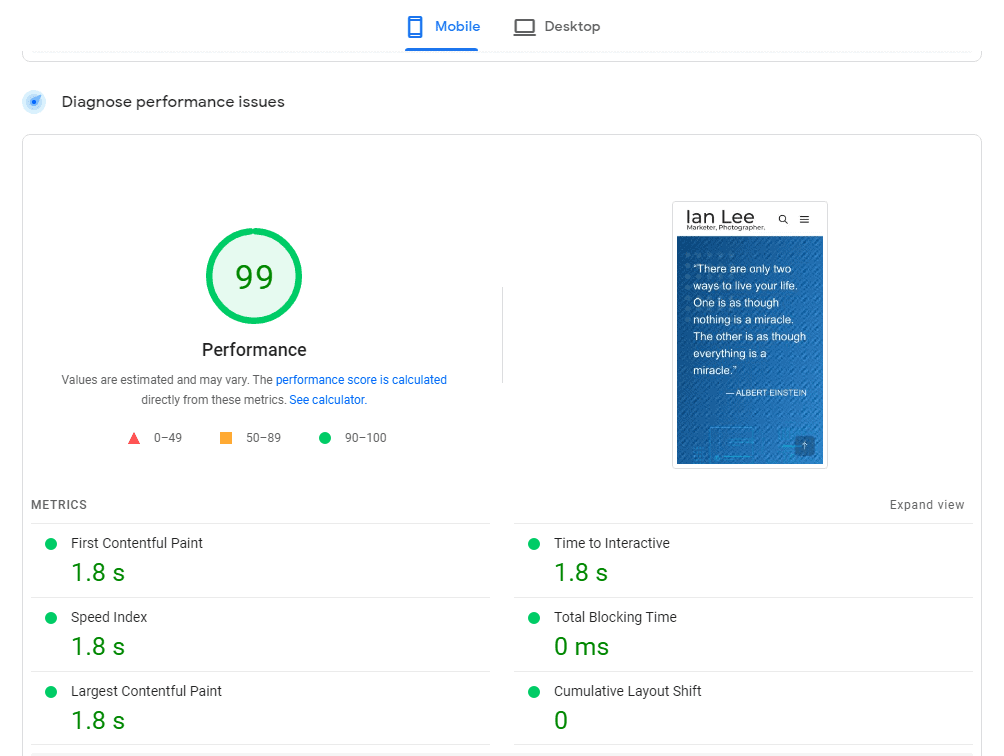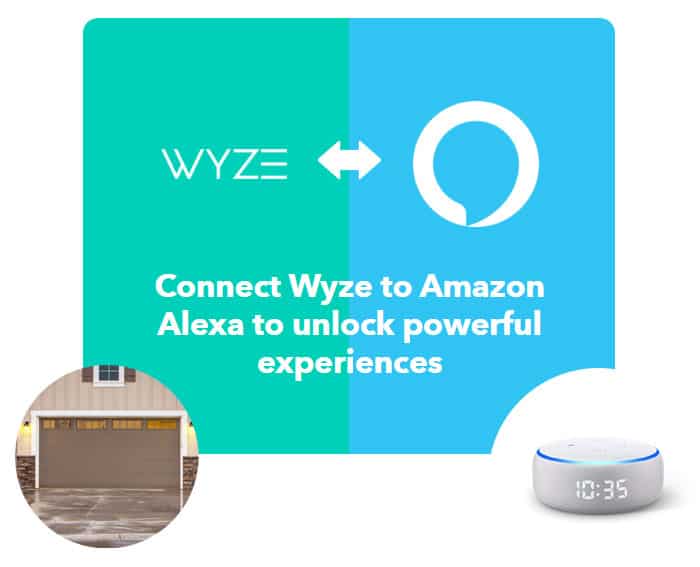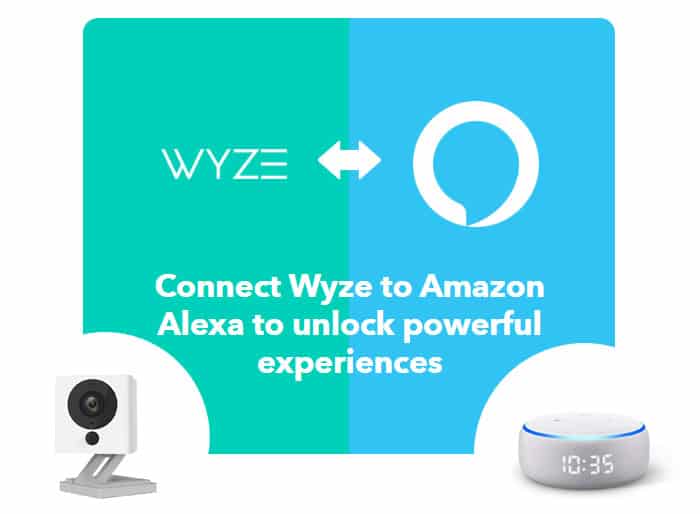There are many reviews of the new Google Desktop Sidebar already so no need to document it again. For anyone interested, Gary Price has written a thorough review here. What I do want to talk about is how Google Desktop’s Sidebar feature is skewing feedburner subscriber stats.
Feedburner is a feed management provider which allows anyone to deliver their feed content on the internet. As part of its free services, feedburner include details showing account holders how many users have subscribed to their feeds. Within subscriber details, you will see a breakdown of feed readers and aggregators used to subscribe to a particular feed. (such as My Yahoo, bloglines, Google Desktop etc…).
The new release of Internet Explorer 7 (IE7) now includes a feed auto discovery icon in the menu bar. This feed button (when installed on Windows XP and Vista) is designed to light up when the web page the user is viewing has an associated web feed. This is a great feature and has made subscribing to feeds easier than ever. Up until now, users have to acknowledge when subscribing to feeds (ie. click on a subscribe link and sometimes are even required to perform an additional confirmation click). This is no longer the case with the latest release of Google Desktop Sidebar. To my surprise, the default setup is to detect any feed it recognizes based on websites you are visiting and automatically subscribe you to those feeds.
I only discovered this was when I helped a client implement a HEAD tag to ensure that IE7 can auto detect their RSS feed. By including this tag on every page of the website, it not only made it easier for IE7 users to subscribe, it also significantly increased feed subscriptions based on feedburner statistics. Our first thought was that this new HEAD tag was allowing all new IE7 users to easily subscribe to the client’s feed. Even though true, upon further investigation into feedburner stats, the greatest increase in subscribers were reported to have come from Google Desktop.
I tested out Google Desktop when it first became available some time ago. After a few days of testing, I uninstalled it as it was not that beneficial for my web surfing habits. After seeing the feedburner stats, I installed the latest Google Desktop Sidebar and noticed that it now includes a bunch of goodies. One of the most shocking default settings was for Google Desktop Sidebar to automatically subscribe to feeds from sites that users have recently visited. Google Desktop Sidebar is auto subscribing users to feeds without the user’s knowledge! This was definitely the culprit for the nice increase in feedburner subscribers.
Although it was nice to see an increase in RSS subscriptions, it actually does not mean much since many of the new users who have installed Google Desktop Sidebar are probably unaware that they are now “subscribing” to multiple feeds. Let’s hope the next Google Desktop Sidebar release will offer the auto feed subscribe feature as an option rather than a default setting.














Hi there Ian. Interesting discovery! We’ve had to take special measures to track Google Toolbar hits differently, but I don’t think we’ve done that for the Desktop Sidebar. We’ll take a look at the nature of the requests to see if there’s some header that we can detect so that we know it’s a “drive-by” feed request.
Thanks!
Eric Lunt
CTO, FeedBurner
Hi Eric, Thank you for taking the time to leave a note! I appreciate it. If you do find a work around, please let us know. I would definitely be interested. Hopefully, it will also help others who are running into the same issue.
Thanks again!
Ian, do you mind teaching me how and what in order to add a head tag? 😉 I also have a website (not a blog) with a feed and would love it have it for the new IE 7 users. Thanks 🙂
Hi Annie, you inspired me to write a How To article. Here you go, good luck!
Use Feed Autodiscovery to Increase Subscribers